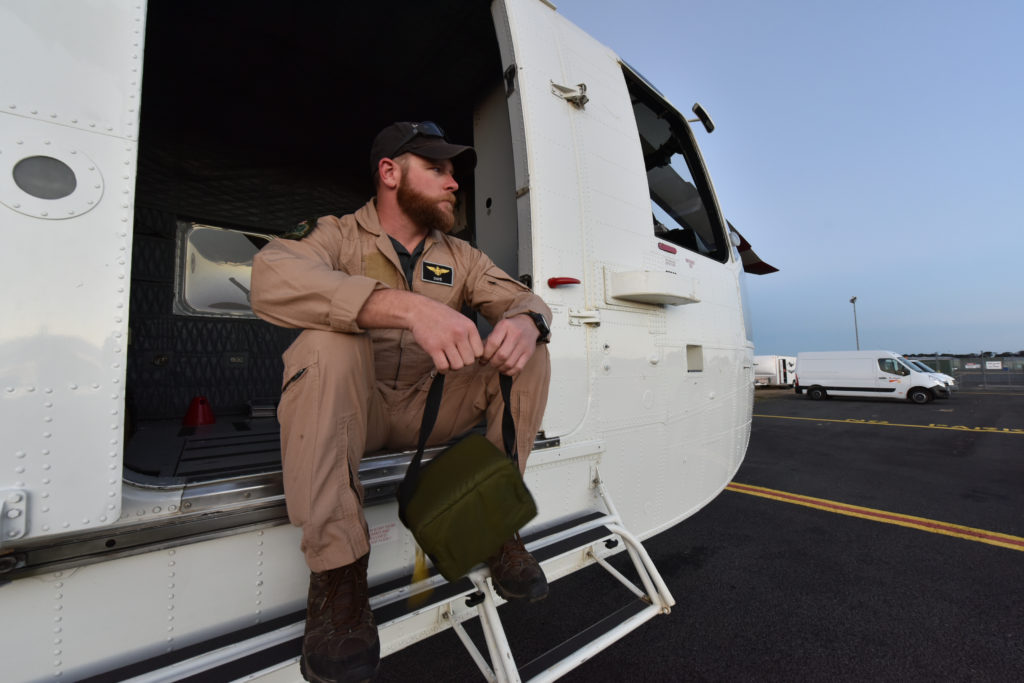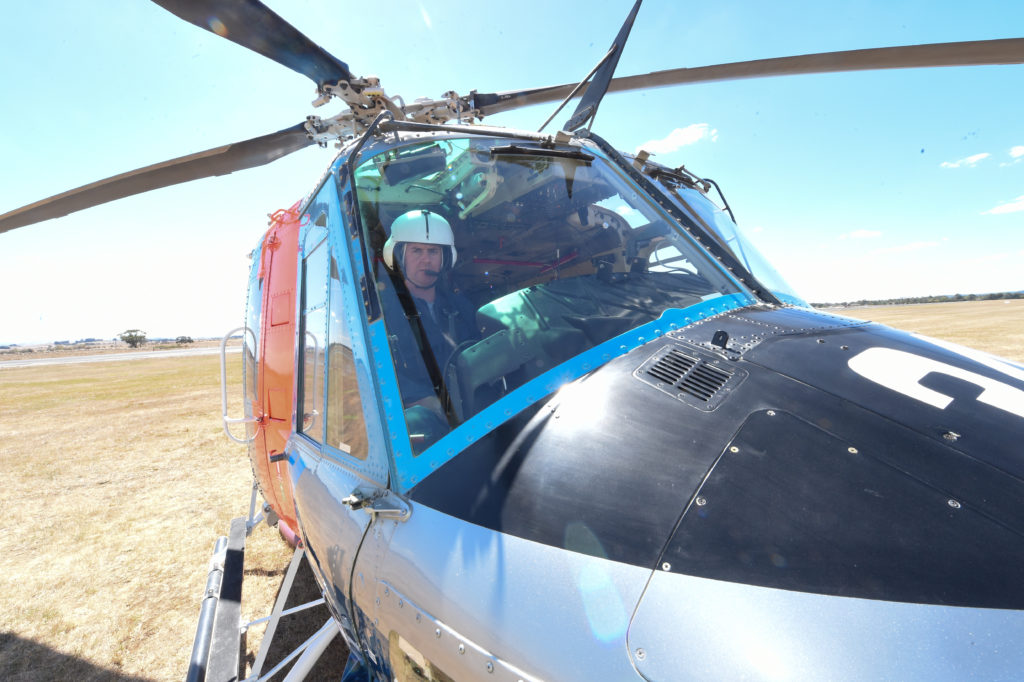Background
Fire is part of the Australian landscape, and has been for millions of years. Plants and animals have evolved not only to survive fire but to depend on it. A necessary part of managing the landscape, particularly bushland, is to introduce fire into the environment in an appropriate and controlled manner.
Planned burning crucially reduces fuel loads for potential or future bushfires, and it is now recognised as also having vital ecological benefits. It also helps to protect specific assets, such as buildings and infrastructure, heritage and cultural sites.
People have been setting fires as a core part of environmental management of the landscape in Australia for millennia. In the modern era, planned burning is a key element of each state and territory’s environmental management plan. Fire setting is usually undertaken at ground level, by hand or from vehicles. Aerial Ignition supports and extends it into areas that would otherwise be inaccessible.
Function
Aerial ignition operations are undertaken either by dispensing aerial incendiary devices, from fixed or rotary wing aircraft and (increasingly) from remotely piloted aircraft, or by using aerial drip torches underslung beneath helicopters.
One aerial ignition device is a machine that drops small combustible polystyrene capsules that ignite following a chemical reaction. Each ping pong ball sized aerial incendiary capsule contains potassium permanganate crystals. As they are dispensed from the aerial incendiary machine mounted in the aircraft, they are injected with glycol, an antifreeze. Once on the ground, the capsules ignite after about 30 seconds, following a chemical reaction which creates a small flame, and this ignites the outer shell, and any fuel around. Adjusting the frequency that the capsules are dropped helps control the amount of initial fire created on the ground.
An aerial drip torch (ADT) is another tool. The ADT is a self-contained unit configured around a tank, or barrel, underslung beneath a helicopter. Gelled unleaded fuel is dispensed via a drop tube attached to a pump, and ignited by electric spark ignition as the gel is pumped out. The fuel is the consistency of jam, and breaks into blobs upon exiting the drop tube.
The aerial incendiary helicopter crew member directs the pilot to fly the aircraft to where the fire is required. Different volumes of burning gel can be used to allow for the ambient temperature or vegetation type. ADTs are often used when the environment has sparse fuel, or where instant fire is required.
“We will rely on natural disruptions in the landscape to contain fire. That becomes the art of introducing the ignition and the art of planning for the ignition.”
Simon Nicol, NSW National Parks & Wildlife Service.

Purpose
Landscape management is a long-term undertaking. Any aerial ignition work is a component of a carefully developed ‘Burn Plan’, usually under the direction of the state facility responsible for that land.
As well as burns undertaken as part of this strategy, aerial ignition of backburns may be undertaken during a specific fire scenario to help mitigate an uncontrolled bushfire.
The plan factors in the weather, environmental conditions and terrain, to ensure the right areas are burned at the desired intensity. Where possible, fire is normally introduced at landscape high points, to burn down towards lower areas, and against the wind. For instance, a burn might bring a fire down a ridge line to a river, and then the fire team will ‘hold’ the fire at the river overnight.
Part of the crew’s expertise is adapting plans as circumstances change. They may have to accommodate microclimates or dynamically changing winds on the day. The plan also aims to achieve the lowest kilowatts of heat on the ground, such as by backing the fire against the wind. The moisture level in plant matter is also critical: if it’s too high, too much smoke is generated.
Different forests and grassland fuel loads need to be burned on different year cycles to avoid catastrophic fuel build-up, and to enable regeneration from appropriate burn cycles. For instance, there may be a ten-year plan for one fire risk quadrant around a township, with burns every five or three years. When bushfires occur naturally in the landscape, the results (such as the changed fuel load, and new, quick plant growth) must be incorporated into a revised plan.
During the catastrophic 2019-20 bushfire season, teams in NSW were introducing fire to multiple tens of thousands of hectares to mitigate fire runs. A lot of aerial ignition flying was undertaken in the morning to just burn out tens of thousands of hectares. The result was that the next day, although the bushfire still trickled through these areas, the reduced fuel loads prevented intense canopy fires that would have devastated trees and wildlife.
“We’ve had up to 15 helicopters across the state doing aerial ignition.”
Bryan Rees Department of Energy, Environment and Climate Action, Victoria.

